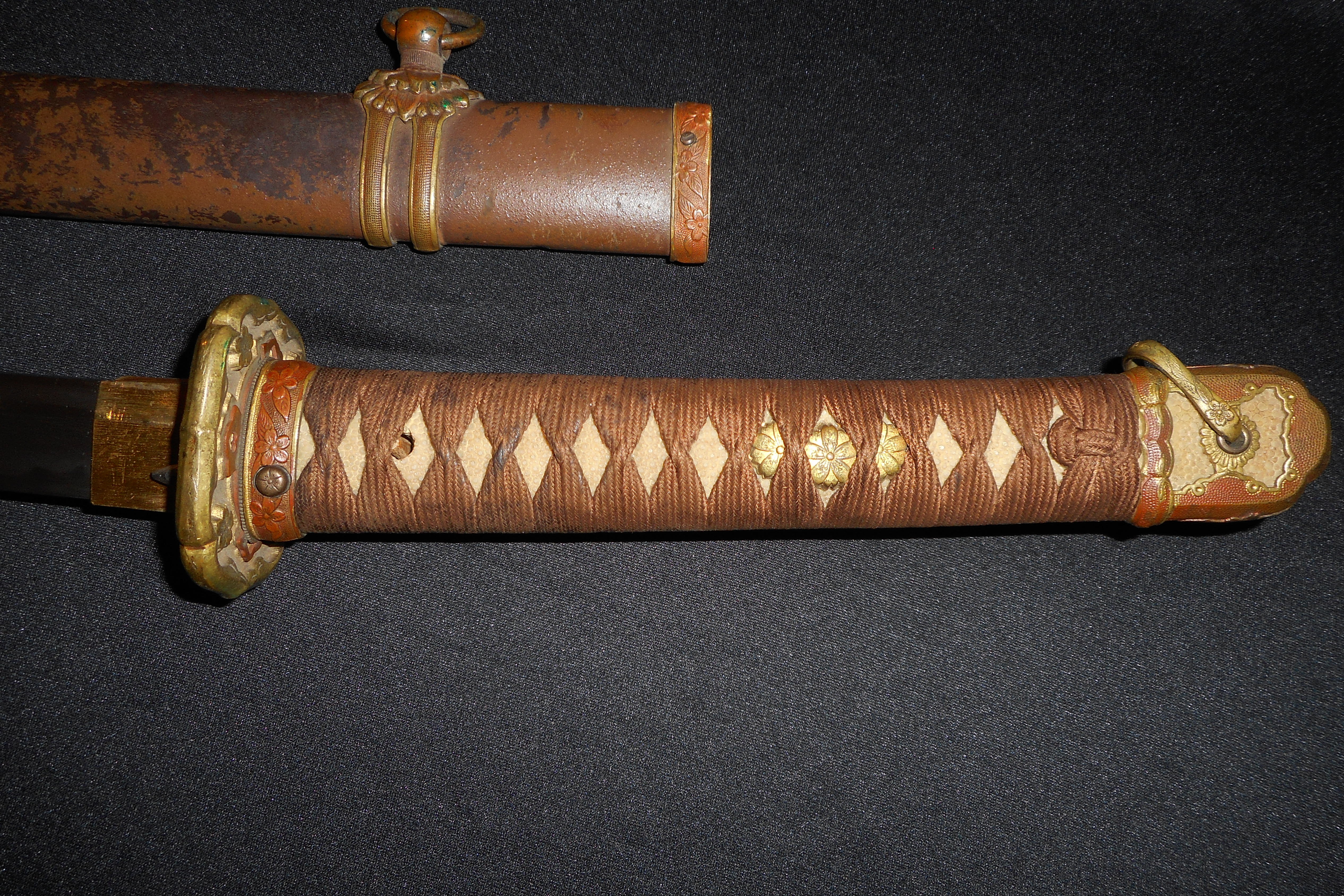Katana craftsmanship stands as an art form that transcends time, echoing the spirit of the samurai through blades that are more than mere weapons – they are a testament to dedication, skill, and the profound connection between the sword and its wielder. Rooted in Japanese tradition, the forging of a katana involves a meticulous process that requires not just technical expertise but a deep understanding of the spiritual essence that the sword embodies. The heart of this craftsmanship lies in the hands of the swordsmith, a master artisan whose lineage often spans generations, passing down the secrets of the trade like a sacred legacy. Each katana is born from the marriage of Tamahagane, a special type of steel, and the unwavering commitment of the swordsmith to create a blade that is not only sharp but possesses a soul. The forging process begins with the selection of the steel, where the swordsmith carefully chooses the raw materials, paying homage to the earth and the elements.

The Tamahagane, smelted from iron sand, is folded repeatedly, sometimes several hundred times, to remove impurities and achieve a blade of unparalleled purity and strength. This meticulous folding also creates the mesmerizing grain pattern, known as the hada, on the surface of the blade, a visual testament to the craftsmanship’s intricacy. The shaping and tempering of the blade, involving the precise heating and cooling of the steel, further refine its hardness and flexibility, imparting a unique character to each katana. However, the true soul of the katana lies in the hands of the polisher, whose expertise transforms the rough-hewn blade into a masterpiece. The polishing process, known as togishi, is a laborious task requiring patience and an acute understanding of the sword’s anatomy. The polisher meticulously removes imperfections, reveals the hamon temper line, and unveils the katana’s true aesthetic potential.
This japanese sword final stage of craftsmanship is not merely about refining the blade’s appearance but is a spiritual journey that unveils the katana’s hidden beauty, much like peeling away the layers of one’s own soul. Beyond its physical attributes, a katana is believed to carry the spirit of the samurai. The forging process is imbued with ritual and reverence, with the swordsmith infusing prayers and intentions into the blade. As a result, each katana becomes a unique expression of the artisan’s spirit, and its wielder inherits not just a weapon but a companion that resonates with the legacy of the samurai. In the hands of a skilled swordsman, a katana becomes an extension of their being, responding to the wielder’s energy and intentions with unparalleled precision. In a world driven by modernity, the art of katana craftsmanship endures as a symbol of tradition and the timeless pursuit of perfection. It is not merely the creation of a weapon but a profound journey that echoes the spirit of the samurai, reminding us that true mastery transcends the physical realm and touches the very essence of our humanity.